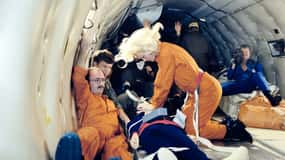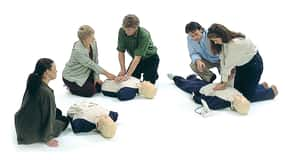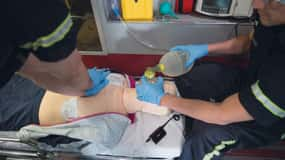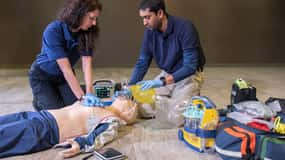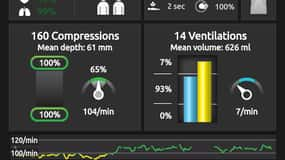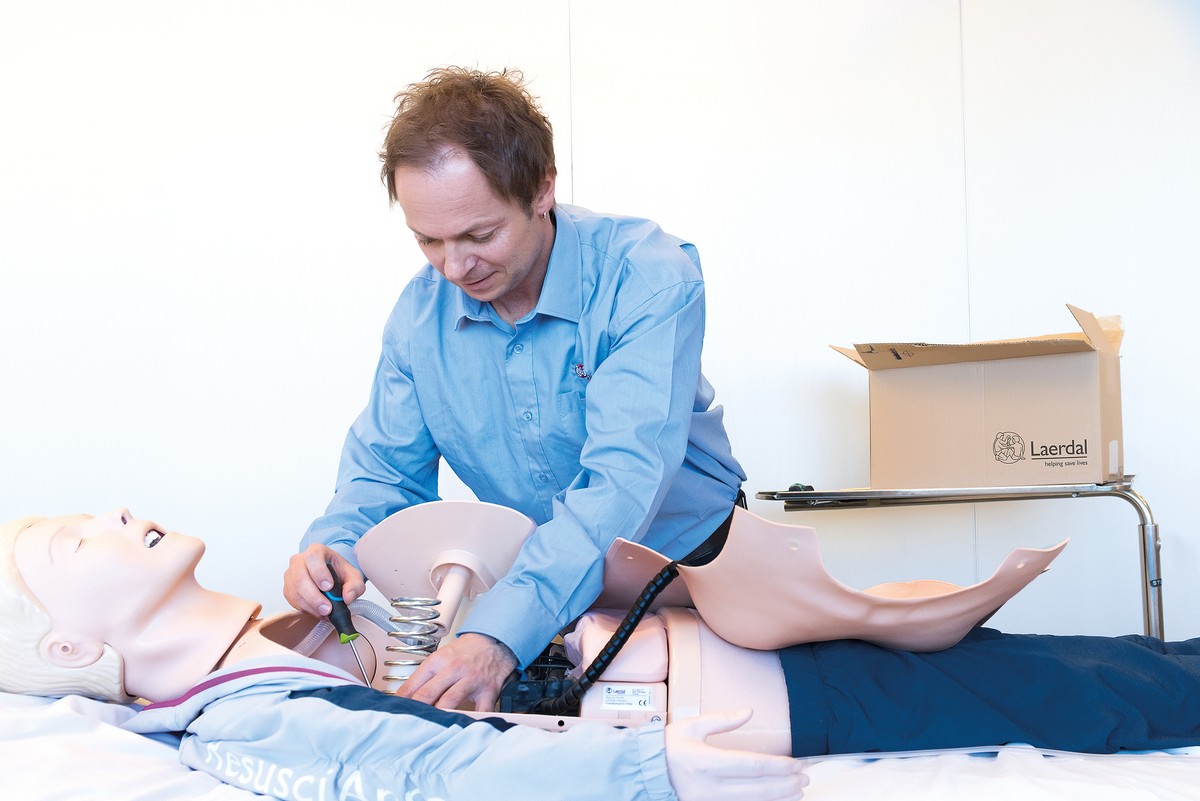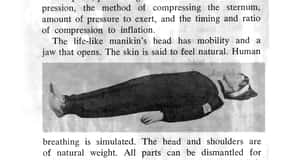
1960s
In 1960, Dr. James Jude, Dr. William Kouwenhoven and G. Guy Knickerbocker publish a paper in the Journal of the American Medical Association on “closed-chest cardiac massage,” which evolved into cardiopulmonary resuscitation (CPR). 1 A few years later, in 1963, the American Heart Association (AHA) formally endorsed CPR. 2
Developed by Asmund S. Laerdal, together with Dr. Safar and Dr. Bjorn Lind, Resusci Anne became the world’s first CPR training manikin. Resusci Anne provided real-time feedback for quality CPR training. Dials indicated correct ventilation and compressions.
Photo: Article published in 1968 about Resusci Anne.


